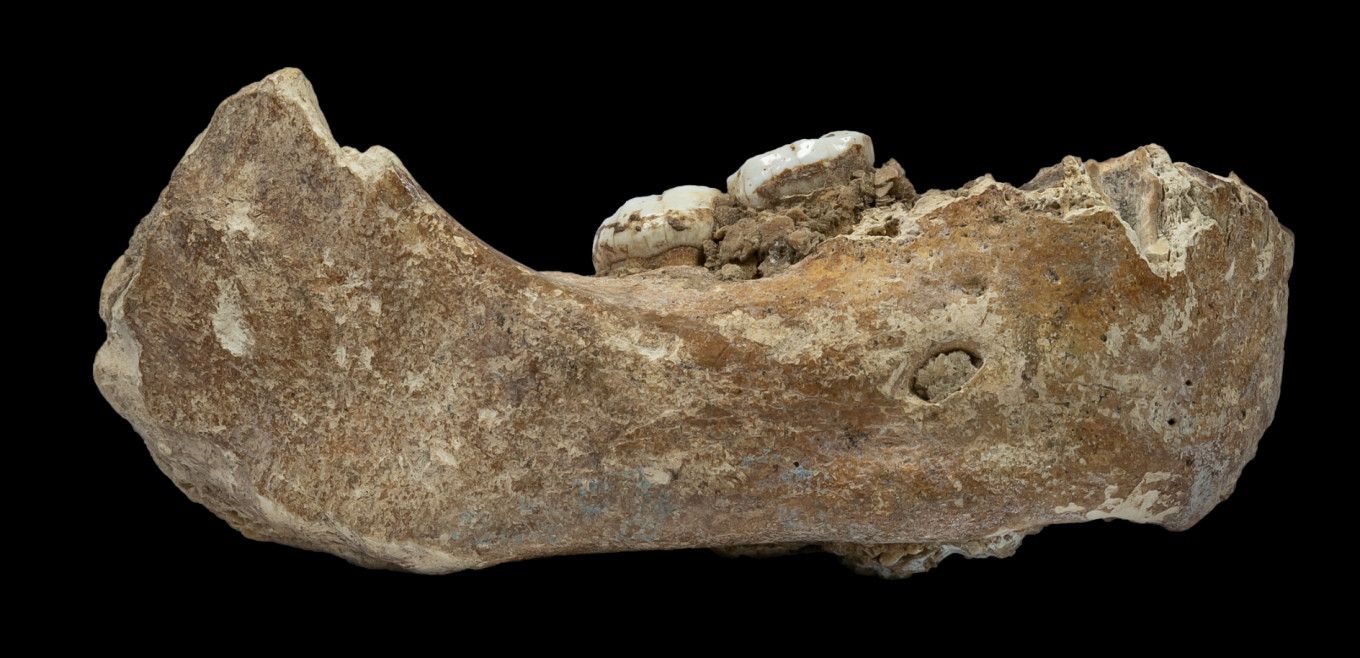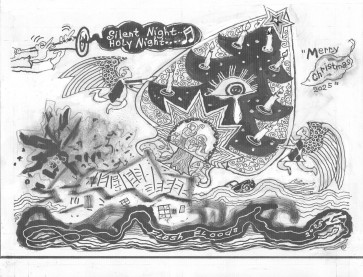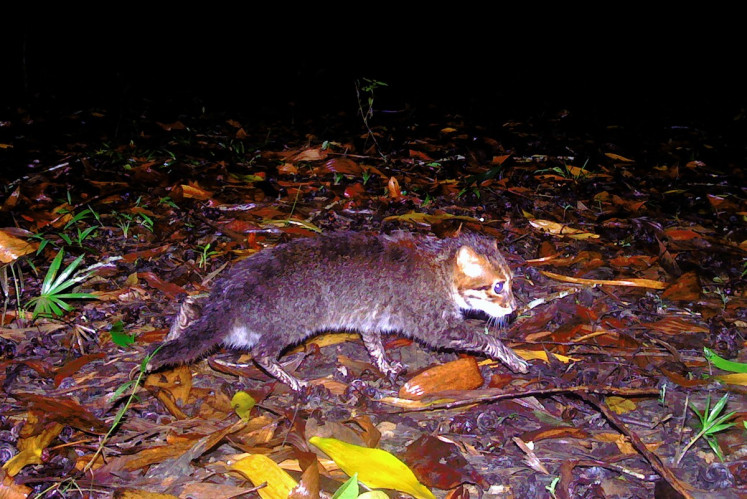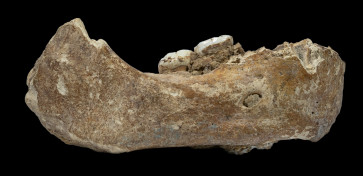Popular Reads
Top Results
Can't find what you're looking for?
View all search resultsPopular Reads
Top Results
Can't find what you're looking for?
View all search resultsDenisovans could have lived in the warm tropics of southeast Asia: study
Researchers believe the discovery proves that Denisovans -- a now-extinct branch of humanity -- lived in the warm tropics of southeast Asia.
Change text size
Gift Premium Articles
to Anyone
A
child's tooth at least 130,000 years old found in a Laos cave could help scientists uncover more information about an early human cousin, a study said on Tuesday.
Researchers believe the discovery proves that Denisovans -- a now-extinct branch of humanity -- lived in the warm tropics of southeast Asia.
Very little is known about the Denisovans, a cousin of Neanderthals.
Scientists first discovered them while working in a Siberian cave in 2010 and finding a finger bone of a girl belonging to a previously unidentified group of humans.
Using only a finger and a wisdom tooth found in the Denisova Cave, they extracted an entire genome of the group.
Researchers then found a jawbone in 2019 on the Tibetan Plateau, proving that part of the species lived in China as well.
Aside from these rare fossils, the Denisova man left little trace before disappearing -- except in the genes of human DNA today.



















